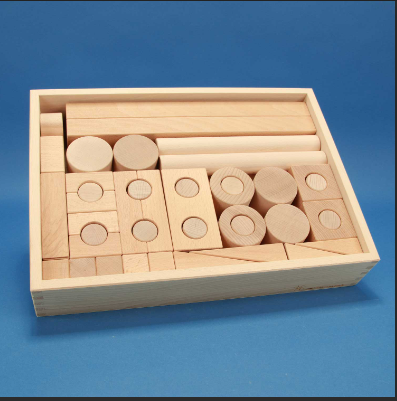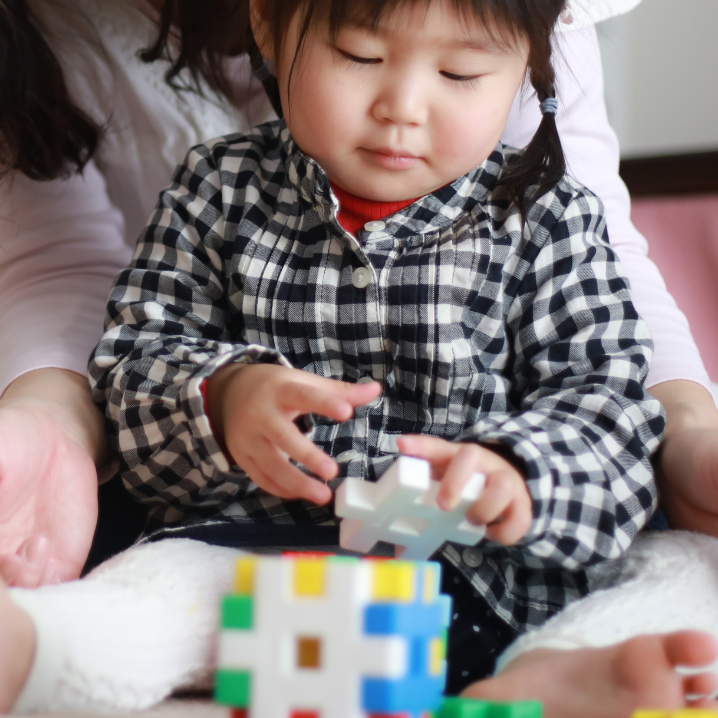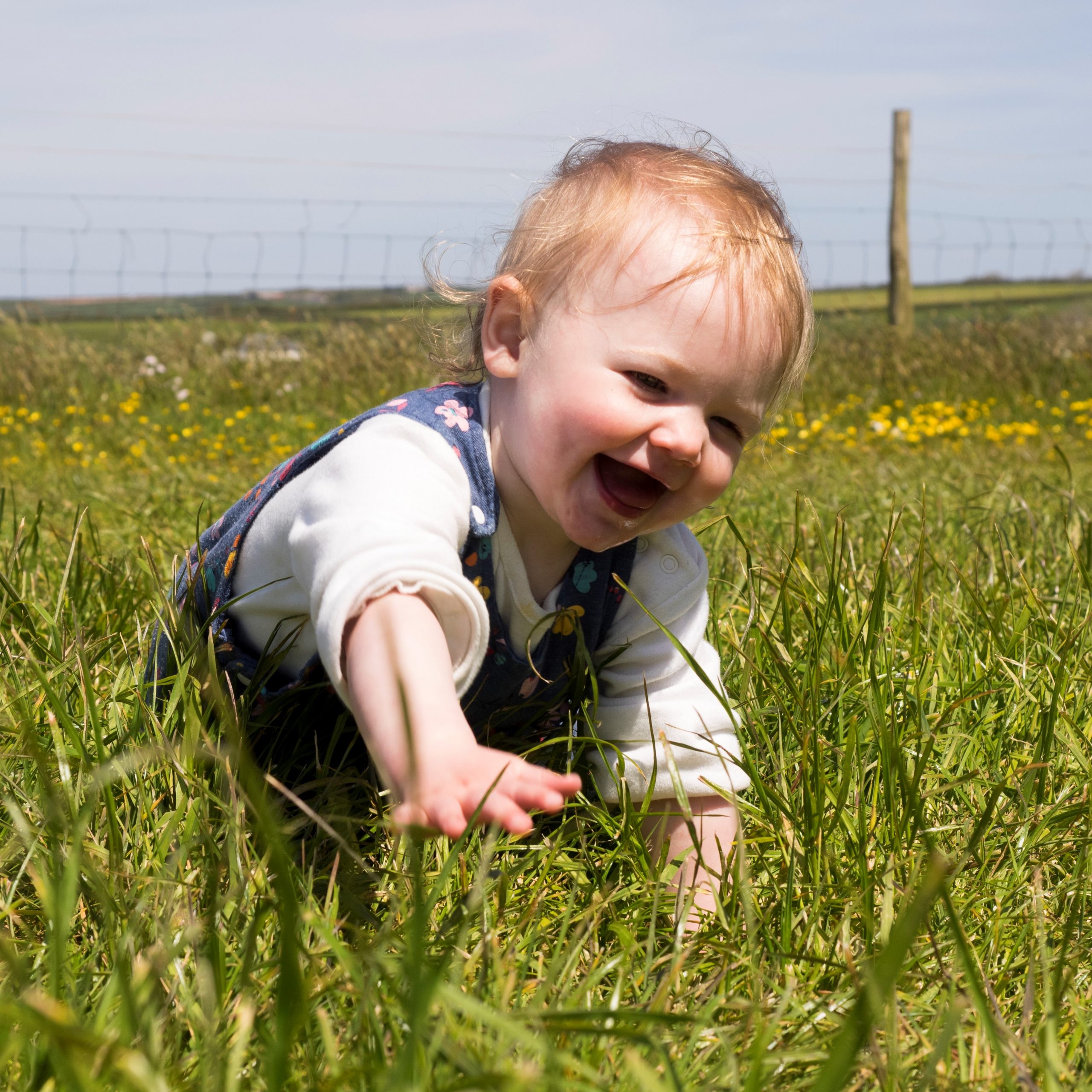Early Childhood Education can have a lot of buzzwords and misunderstandings. This “Philosophy Spotlight” series intends to introduce you to the origins of a number of currently used philosophies directly from the writings of their founders and accomplished practitioners, as well as modern practices and ideas associated with these philosophies. Note that many of the philosophies and philosophers we reference in the US are Euro-centric in origin. I will do my best to integrate philosophies of development and learning from a more diverse body of knowledge, for the benefit of all children and providers. You’ll notice a significant amount of overlap between philosophies, as well as some stark differences. Use these articles to consider your own approach to early education, and maybe refine how you see you work and design your program. These are intended to be broad overviews; please see the references if you’d like to learn more about each one!
Modern Regulating Bodies/Standards:
No regulating body exists to officially designate a program as play based.
Origins, Theories and Theorists:
Friedrich Froebel: Known as the “father of kindergarten,” Froebel believed that young children learn best through play and should be trusted to be in charge of their own play. The adult is present to support and guide children, ensuring their safety. Froebel is known for his “gifts” to children, sets of materials for children of different ages to use and learn from in their play. These gifts, in order, are:
- For infants, a set of six soft balls, in the primary and secondary colors (red, yellow, blue, orange, green, purple)
- Toddlers received a set with a wooden sphere, cube, and cylinder.
- After that, a two-inch cube made of eight, 1-inch blocks, designed to be taken apart and put together again.
- Around five years old, children would add rectangular prisms, with the dimensions of 1/2″ by 1″ by 2″, demonstrating the concept of fractions.
- One 3-inch cube made of 21 one-inch cubes, 6 half-cubes, and 12 quarter-cubes.
- The final classic gift is a set of 18 rectangular blocks, 12 flat square blocks, and 6 narrow columns. Concepts of scale, proportion, symmetry, and balance can be discovered with this set of blocks.
Quote: “A child that plays thoroughly, with self-active determination, persevering until physical fatigue forbids, will surely be a thorough, determined man, capable of self-sacrifice for the promotion of the welfare of himself or others.”
Dr. Peter Gray: a modern psychologist who writes about the role of play in children’s lives and the way we are all wired to learn through play. He states that true play has four characteristics:
- Play is self-chosen and self-directed
- Play is intrinsically motivated’ means are more valuable than ends
- Play is guided by mental rules
- Play is always creative and usually imaginative
Constructivism: a philosophy of education that states that people construct their own knowledge through interactions with the world around them as well as with and through other people.
Values:
Long blocks of time for children to play uninterrupted: Children need time to get involved in their play, plan, and create scenarios. At least 30 minutes and ideally 90 minutes at a time.
Creative expression: children are encouraged to express their ideas in a variety of ways through their play as well as in varied art media.
Educators and other adults are observers and sometimes co-players, and design environments for children to play in, but do not control the play scenarios. They do, however, offer materials, scaffold interactions, and interject when a play becomes hazardous either to children’s physical or emotional wellbeing.
What You Might Observe in a Program with Emergent Curriculum:
Educators will be close to the children but not necessarily playing with them unless invited in.
Schedule is arranged with few transitions, and large blocks of time for children to play and develop their ideas.
Many art and writing materials available to encourage children’s self-expression.
Open-ended materials for play. While explicitly representative items may be present (train sets, dolls, kitchens), there will likely be many more items that don’t have a pre-assigned purpose, such as large pieces of fabric, wood blocks, or collections of natural materials such as stones and leaves.
Influence on Modern ECE Programs at Large:
Many early childhood programs value children’s free and creative play, with a focus on open-ended materials.
NAFCC level one accreditation requires the children have the opportunity to direct their own free play for at least 30 minutes at a time, for at least one full hour in a half day of care.
The presence of unit blocks is directly from Froebel.
Questions for Your Reflection:
How do children play in your program? What are their preferred games, themes, and materials?
What is the adult’s role in play in your program?
How do your daily and weekly routines support children’s engaging in free play, both individually and in groups?
Resources Used
Gray, P. (2023) What exactly is play? retrieved Nov. 29th, 2023 from #2. What Exactly Is Play? – by Peter Gray (substack.com)
Leibschner, J. (2002) A child’s work: freedom and play in Froebel’s educational theory and practice Cambridge; Parkwest, N.Y.: Lutterworth Press



